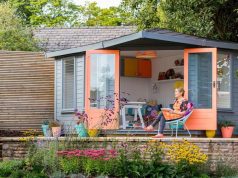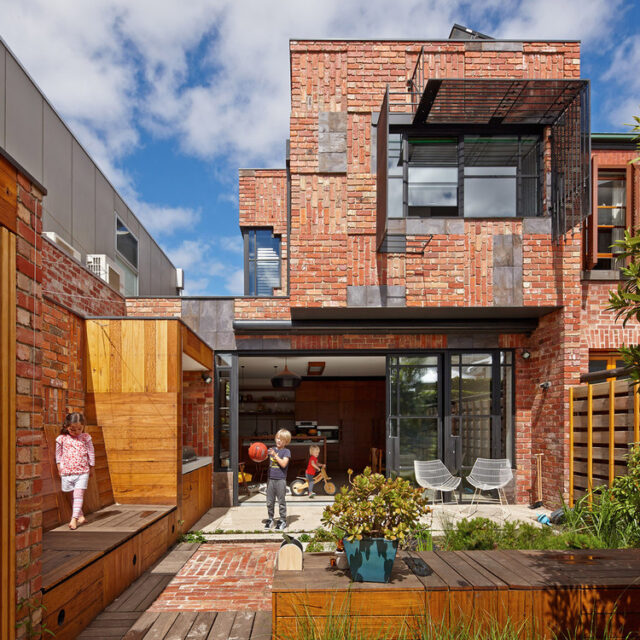
Environmental Construction Explained
The narrative of construction has shifted dramatically, underscoring a global call for environmental stewardship. Contemporary home building transcends traditional objectives, integrating principles of sustainability deep within its core. Leading this transformative approach is the strategic incorporation of recycled materials, showcasing a commitment to diminishing our environmental footprint and fostering a more sustainable future.
Core Principles
Redefining Construction for the Modern Era

The concept of sustainable construction diverges significantly from conventional methodologies, focusing on the broader environmental repercussions of building practices. This approach champions efficient resource utilization, waste reduction, and pollution minimization, contributing to the creation of spaces that promote well-being. It advocates for a comprehensive evaluation of the environmental impact throughout the entire lifecycle of building materials, advocating for a shift that melds ecological harmony with living spaces.
The Integral Role of Recycled Components
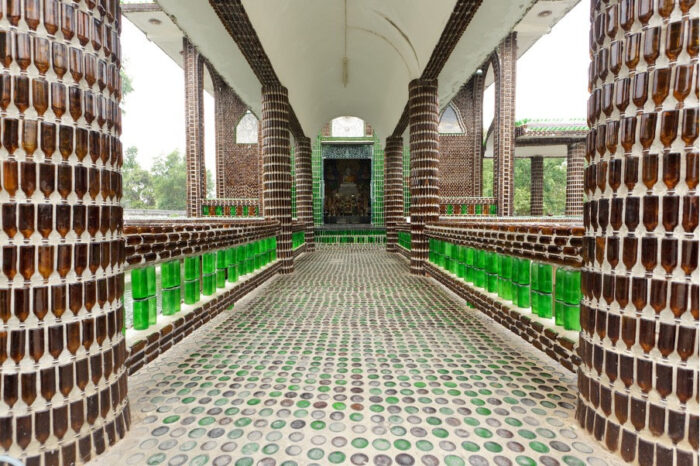
Utilizing recycled materials in construction significantly lessens the environmental toll linked to harvesting and refining new resources. Repurposing elements from previous applications, such as steel salvaged from dismantled structures or timber reclaimed from vintage barns, allows builders to markedly decrease the carbon emissions associated with developing new residences.
Recycled Materials: From Theory to Application
Transforming Steel: Durability Reborn
Steel recycling exemplifies efficiency, maintaining structural integrity while minimizing environmental impact. In home construction, this translates to a sturdy, fire-resistant framework. Rebar benders play a crucial role here, shaping recycled steel into forms suitable for reinforcing concrete, further enhancing the sustainability and resilience of modern homes while honoring the planet’s resources.
Concrete’s Second Chapter
Recycled concrete becomes a pragmatic choice, serving as a sturdy foundation or as aggregate in new concrete, demonstrating how the industry can creatively address waste.
Glass in New Light
Reused glass breathes life into homes as colorful tiles or sleek countertops, merging environmental ethos with modern aesthetics.
The Warmth of Reclaimed Wood
Using reclaimed wood not only conserves forests but also brings a piece of history and natural beauty into new constructions, blending tradition with sustainability.
Plastic’s Innovative Rebirth
Transformed into composite materials, recycled plastics provide durable, weather-resistant alternatives for outdoor spaces, showcasing innovation in reducing plastic waste.
Challenges and Triumphs in Eco-Construction
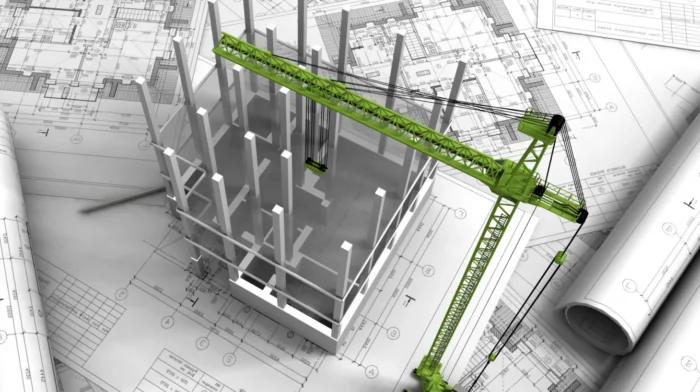
Crafting with Purpose: The Design Phase
Incorporating recycled materials requires foresight from the initial design phase. It involves selecting suitable, available recycled materials that meet the project’s aesthetic and structural demands, highlighting the importance of thoughtful planning in sustainable building.
Sourcing with Care: Ethical and Practical Considerations
Procuring recycled materials demands diligence. Builders must ensure these materials are not only environmentally beneficial but also structurally sound, emphasizing the need for careful sourcing and verification.
Adapting to Variability: Creative Problem-Solving
Building with recycled content can introduce variables such as supply inconsistency or non-standard sizes. Successful integration of these materials often requires a flexible approach and innovative problem-solving.
A Holistic Approach to Green Living
Extending Sustainability Beyond Construction
A truly sustainable home incorporates green practices in every aspect, from energy efficiency to water conservation. This ensures the home remains an emblem of environmental stewardship long after construction ends.
The Community Impact
Choosing recycled materials can influence broader community attitudes towards sustainability. A single green home can lead to increased awareness and adoption of eco-friendly practices, underscoring the power of individual decisions in driving collective environmental change.
Conclusion
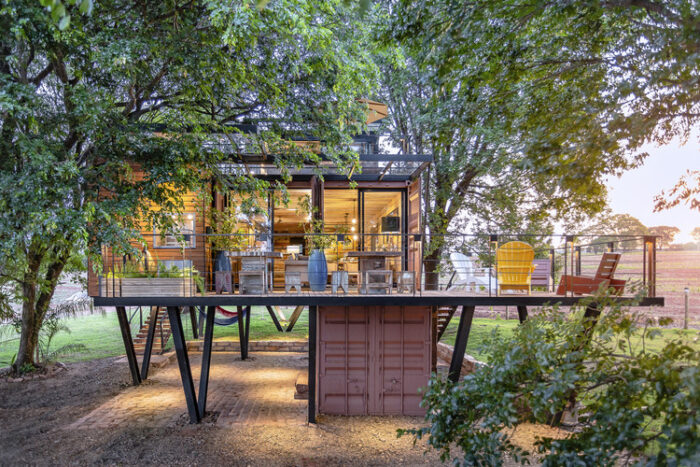
In modern construction, integrating recycled materials symbolizes a commitment to sustainability, merging environmental stewardship with innovative design. This approach not only conserves resources but also inspires a broader cultural shift towards eco-conscious living, setting a new standard for responsible building practices and community development.




